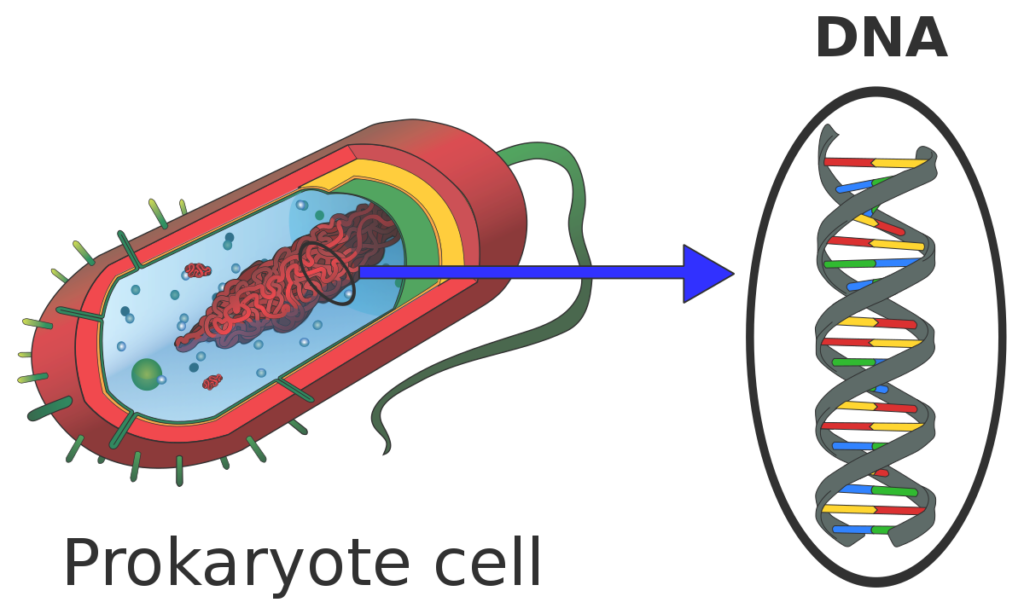Main Body
Prokaryotic Genes and their Organization
Prokaryotic Genes and their Organization
Dr.V.Malathi
Prokaryotes do not have a well defined nucleus. The genome is present in a region of the cytoplasm called nucleoid .The genome of prokaryotes is composed of a single , double stranded DNA in the form of a circle or loop. Apart from the genome DNA some prokaryotes also have smaller loops of DNA called plasmids that are not essential for normal growth. The DNA of prokaryotes are compressed through supercoiling .
Genomes can be twisted in the same direction as the double helix or positively super coiled . Alternatively genome can be twisted in the opposite direction of the double helix or negatively supercoiled . Most bacterial genomes are negatively supercoiled . This is achieved with the help of a protein called HU, which is the most abundant protein in the nucleoid. The protein Hu along with an enzyme called topoisomerase I to bind DNA and introduce sharp bends in the chromosome. This generates the tension necessary for negative supercoiling.
Another protein called Integration Host Factor (IHF), can bind to specific sequences within the genome and introduce additional bends. The folded DNA is then organized into a variety of conformations that are supercoiled and wound around tetramers of the HU protein. DNA topoisomerase I, DNA gyrase, and other proteins help maintain the supercoils.
The DNA molecules of Archaea, a taxonomic domain composed of single -celled ,non bacterial prokaryotes that share many similarities with eukaryotes. Their DNA can be negatively supercoiled, positively supercoiled, or not supercoiled. Archaeans are the only group of prokaryotes that use eukaryote-like histones, rather than the architectural proteins described above, to condense their DNA molecules. It is believed that the acquisition of histones by archaeans had paved the way for the evolution of larger and more complex eukaryotic cells.

“Prokaryote cell” by Mariana Ruiz Villarreal, LadyofHatsDifference via Wikimedia commons is licensed under CC BY-SA 3.0
Non bacterial prokaryotes that share many similarities with eukaryotes

